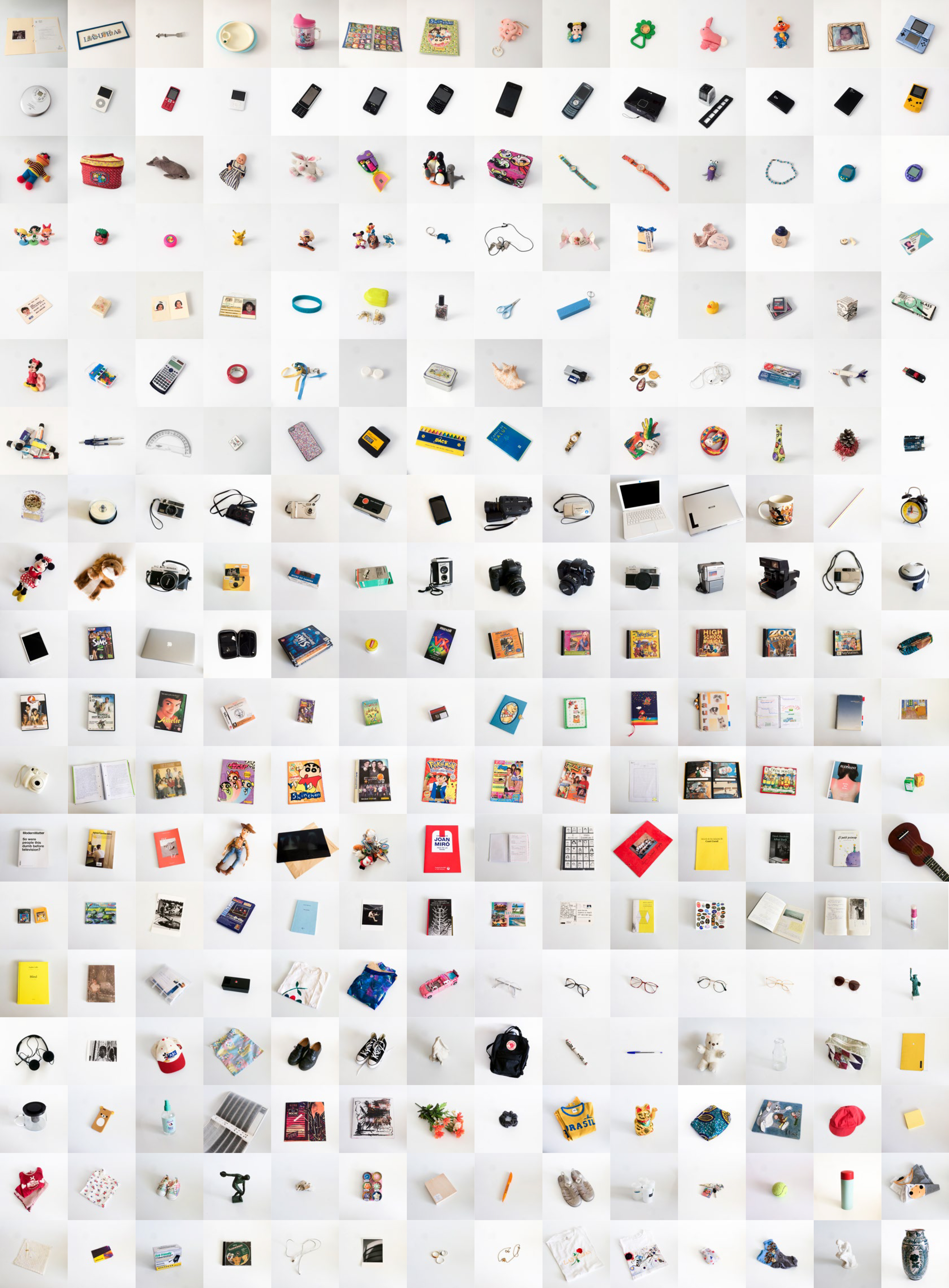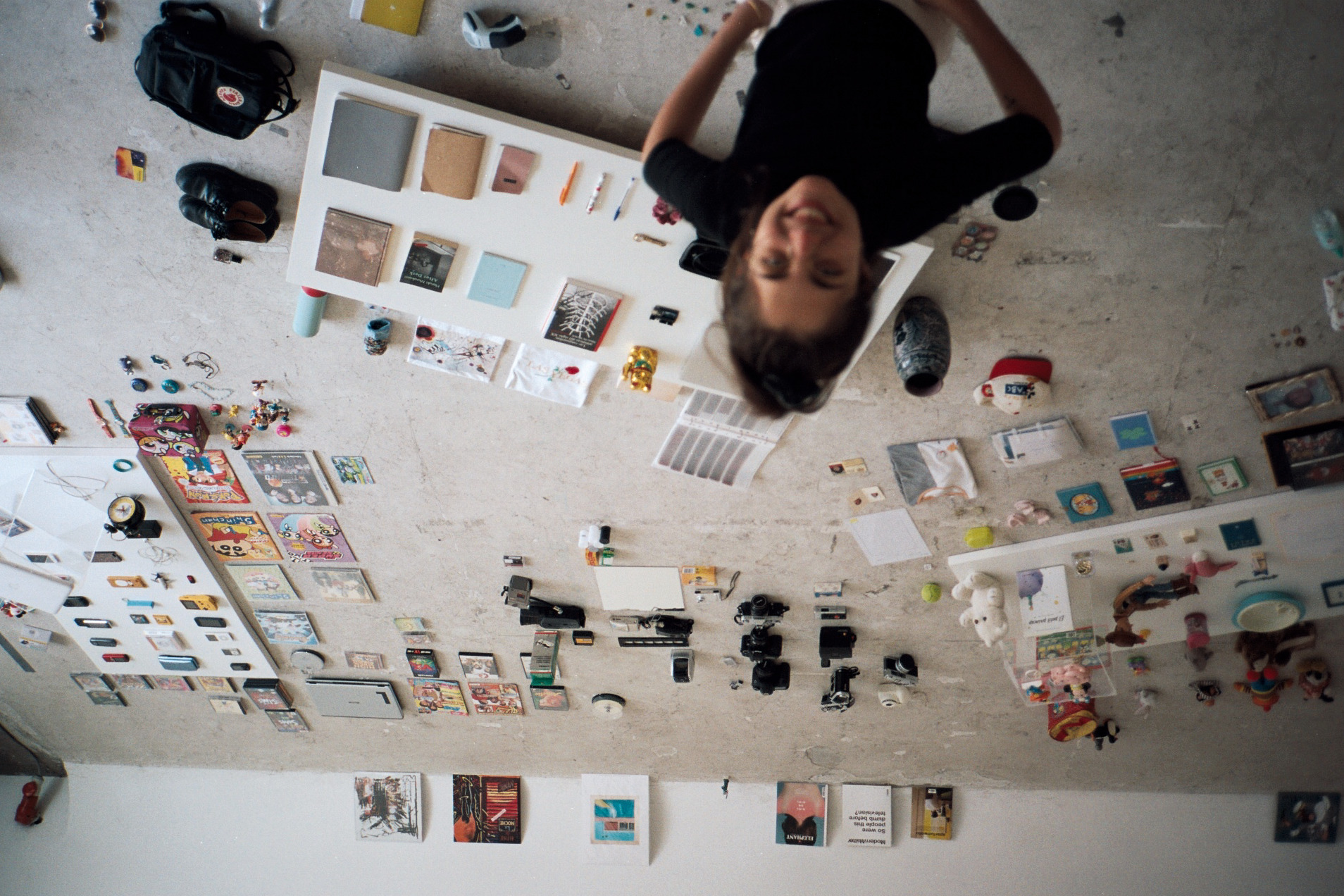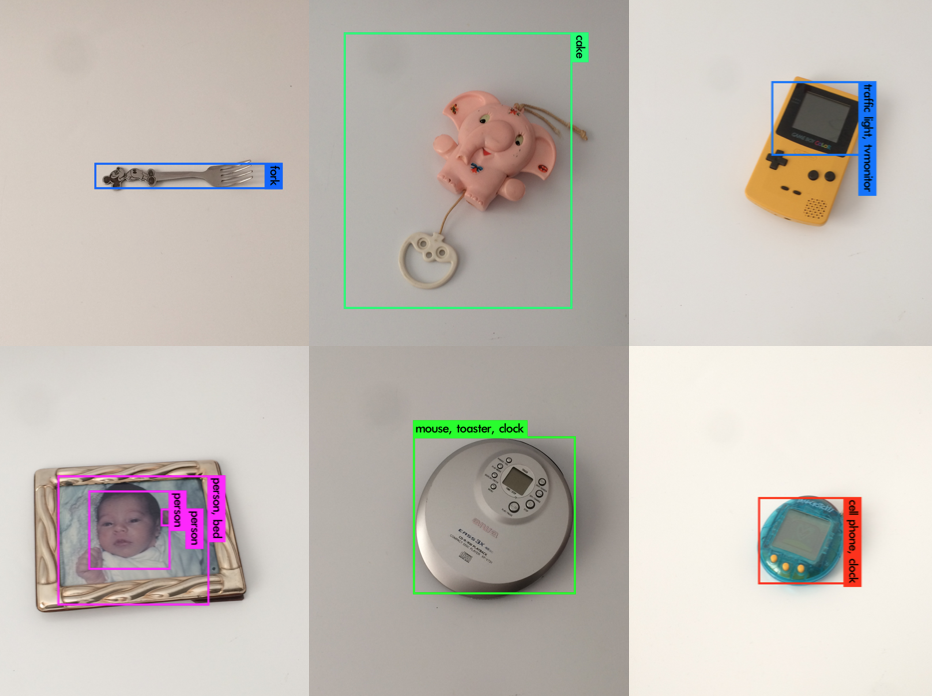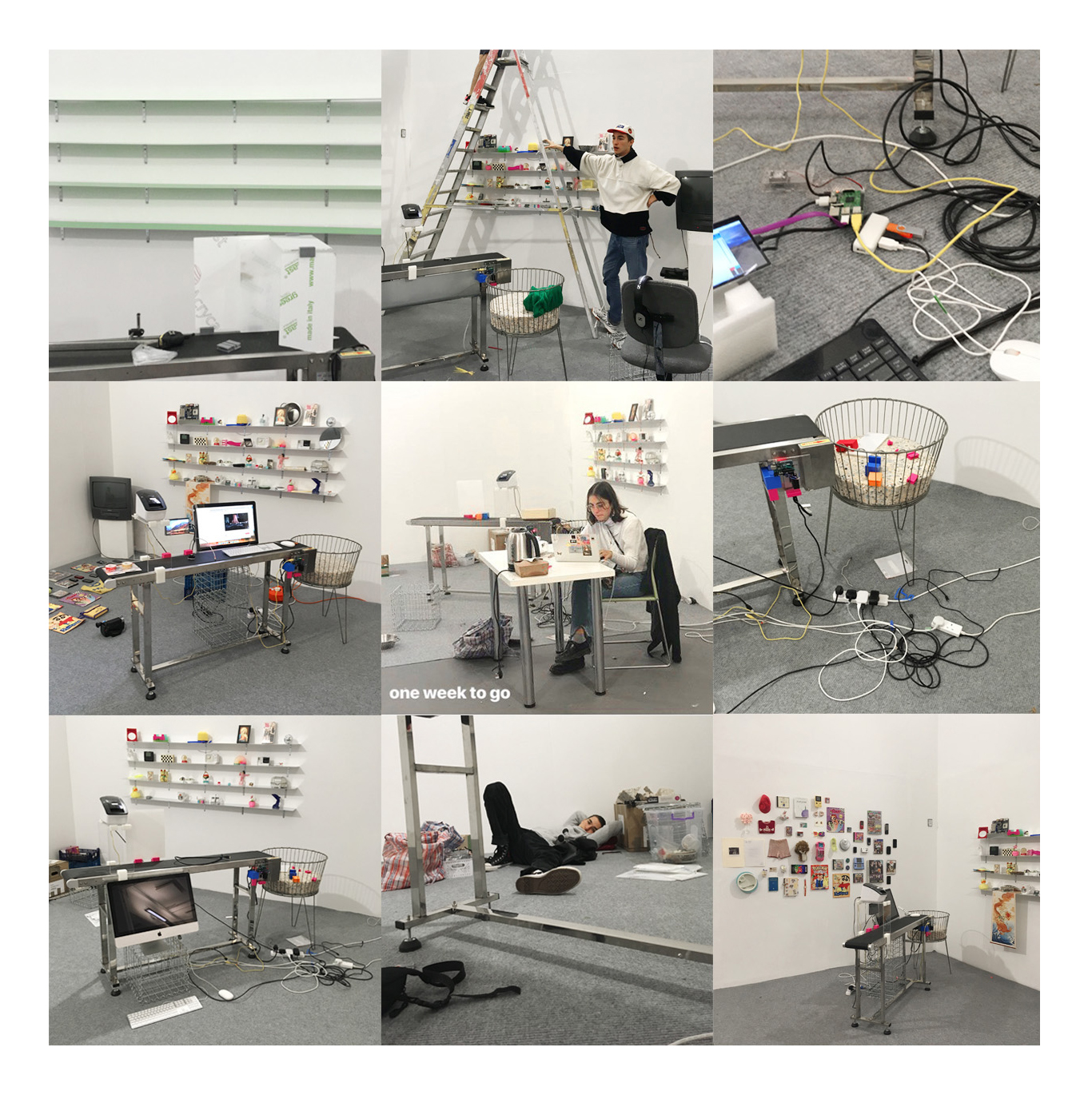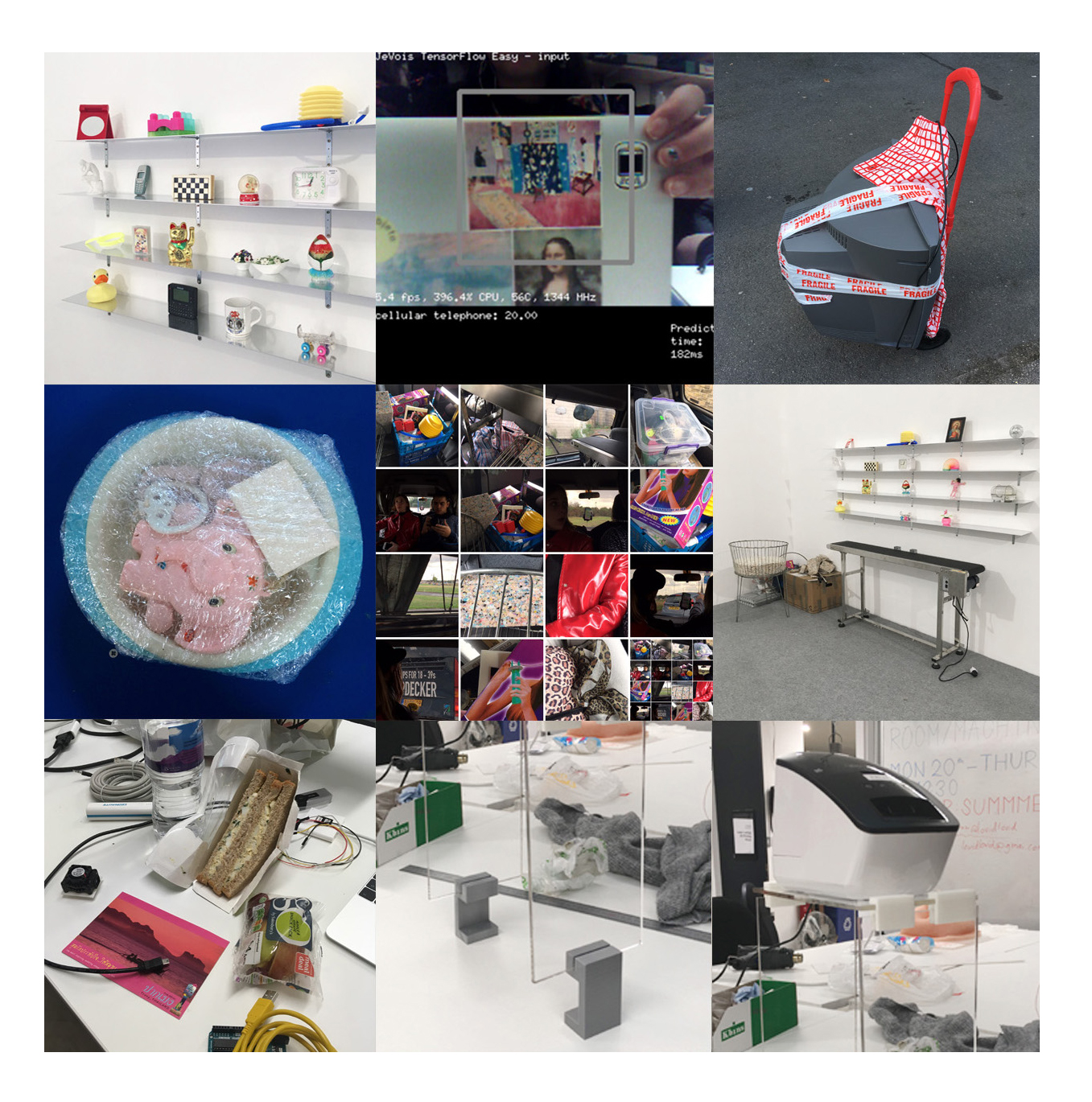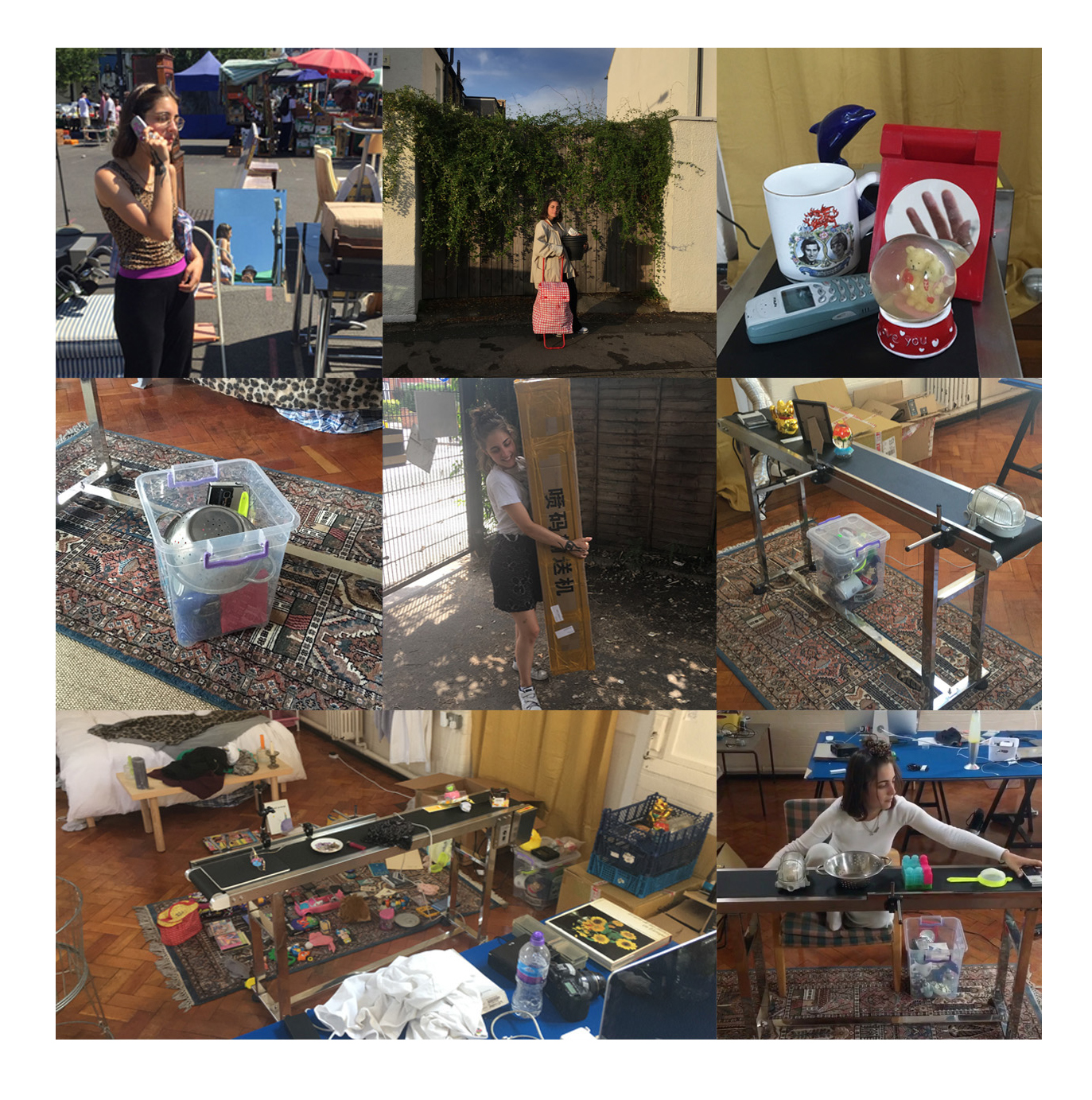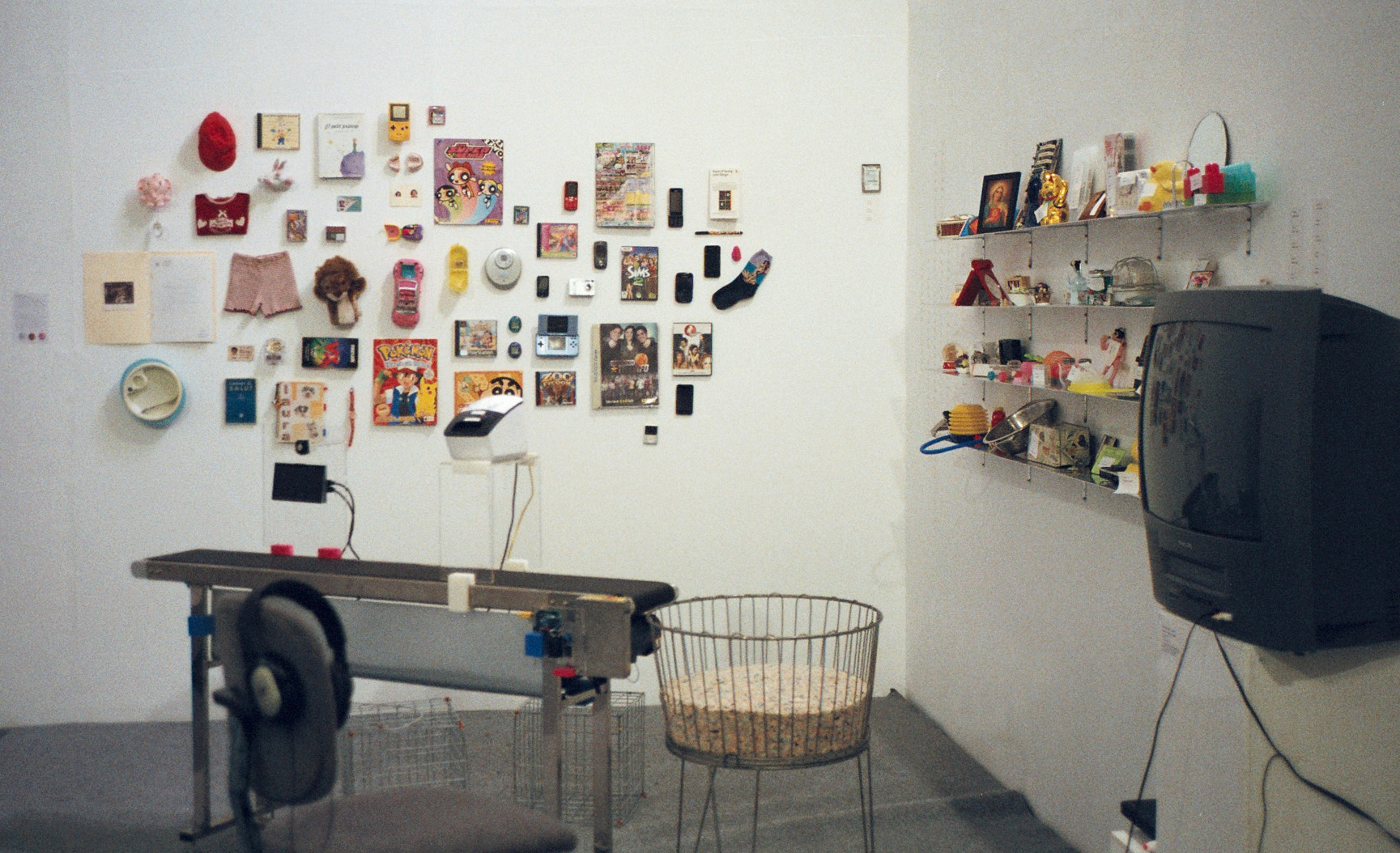(*^__^*) archivo.me (*^__^*)
I have been collecting objects that surround my daily life, since I can remember. In 2017, my obsession to keep the present was collected in the form of an archive. A project where I exposed and asked why people like to archive and hold time stable, in a constantly changing world.
What is the sense of preservation?
Who decides on which things need to be preserved and which do not?
After a year, this project takes a step forward. The proposal is developed to raise more questions about the archive, this time closer to the art world. Giving agency to the machine to rationally decide what can be part of my archive, while the public has the emotional input and the final decision. I want you, as an observer, to participate and make the machine decide which object should I keep and which should not.
produced by: Laura Subirats
Introduction -----> This project began a year ago building my archive of personal objects that I have been collecting since I was born. The idea was to investigate and explore the act of archiving and collecting. I have been working with the meaning of preserving, and why people tends to keep time stable in a constantly changing world
I have always been attached to materiallity, something that defines me as a human. I am representing and preserving my own present and this creates stable materiality. This act is essential to understand my practice and think about the future form of preservation.
Experimenting with new methodologies
Could be possible to create a machine capable to decide what do I may keep or not?
+ Concept and background research ---> Which are the limits of preserving in the present? and How this is gonna change in the future? My research was relate with artists working with the archive and the relationship with the material world.
From Deep Storage, Collecting, storing and Archiving in Art (709.049 DEE) pg.82 ---> Karsten Bott, founded his “Archive of Contemporary History” nearly ten years ago as a private collection of artefacts, which he sometimes exhibits in public.[…] Of particular importance for Both in both his guises as collector and artist are the beauty and sensual aura of the items in his archive.
From Song Dong book (709.2 Do) Pg.157 --->“Waste Not” Wu Hung September 2005. This exhibition explores on two levels how daily life enters in contemporary art. The first level concert the nature of art medium and the artist’s identity; the second pertains to the ethical dimension of contemporary art and private intention in a public space.
A project with references to Relational art, where the public has the power of participation and interact with the piece. And playing with the creation of new methodologies of interaction inside the white cube. Conceptually is contextualising the archive closer to the “machine”. My project is an act of love to the rational glance of a camera, giving agency to a computational brain.
The piece works as a laboratory in experimentation, where the public emotionally interacts while the machine rationally does. One of the aims was to understand how to creat methodologies where people can experiment and decide over the piece itself.
Implement a new methodology on how can a machine curate and archive. And if a emotional process can be rationalized.
“The preservation of files corresponds to a need that is innate in humanity, a need that ignorance can perhaps trample on but can never repress.” - Eugenio Casanova, Archivistica
Technical
Decision = act
*Computer vision = Object recognision* Running a TensorFlow module inside de Jevois A-33 Camera. This camera works as a small computer that sends serial information with the objects that its recognising.
*OpenFrameworks as a Serial server* Here the program is reading the messages (object names), and making a desicion depending on my old archive of objects. If the word is found in a text that contains all my objects names, this will mean that the object can be part of my future archive. And if its not inside this text, the machine will decide not to keep it. The output that OpenFrameworks its gonna send its controlled with the arduino and a printer (using ofxCUPS addon). If The decision is to stay in my archive, the program is gonna send serial messages to arduino to make move the conveyor belt and then to the printer, that is gonna print a label with the name of the object that has recognized (intructions are in the image above). Or if the machine decides not to keep it, the program its gonna send a serial message to arduino, to make move the conveyor belt untill the object is refused to a basket.
*Arduino + Servo = controlling Conveyor Belt speed* The arduino is controlling the conveyor belt with a servo, that move the speed controller.
¿--------* ^_^* Future * ^_^*--------? This project it was born to evolve over time. Divide by chapters in form of laboratories of investigation. Who knows when where and what its gonna be the next laboratory? The idea is to explore throught new methodologies and experiment how my personal archive of objects can change over the years. Always working with the time: past, present, future. After this exploration around how a machine can curate my personal archive, and bringing the computational brain closer to my emotional act of keeping, I decided to expand my knowledge in theory, and understand how art world, art preservation and art institution archive work, and how this can change in future. Maybe the next step............(*^-^*)
Self evaluation = Happy and proud 🙂
Although I had lots of difficulties and i received help from other (something really positive from my point of view). I think that the result was what I was expecting to achieve. After a hard year learning new lenguages and techniques I can proudly said that I improved a lot, and I am feeling secure to develope in this field. The projects its exactly what I wanted, an aproximation on how to work with emotional inputs with rational machines. It a good first step to how the next investigation could be. Also I am so amused on how all went during the exhibition and the positive impact that had the project itself with the public, without them couldnt been posible. Also I want so say thank you to all the people that has been involved in the project, thank you so much for everything, special thanks to Arnau for his patience and video 🙂 <3
References
+ Jevois Camera --> http://jevois.org/moddoc/TensorFlowEasy/modinfo.html
+ TensorFlow --> https://www.tensorflow.org/mobile/tflite/
+ OpenFrameworks --> https://openframeworks.cc/documentation/
+ YOLO + Darknet --> https://pjreddie.com/darknet/yolo/
+ ofxCUPS --> https://github.com/motoishmz/ofxCUPS
+ CUPS --> https://www.cups.org
+ Arduino --> https://www.arduino.cc/en/reference/servo
+ Song Dong --> https://www.theguardian.com/artanddesign/gallery/2012/feb/14/song-dong-waste-not-in-pictures
+ Karsten Bott --> http://www.karstenbott.de


































































